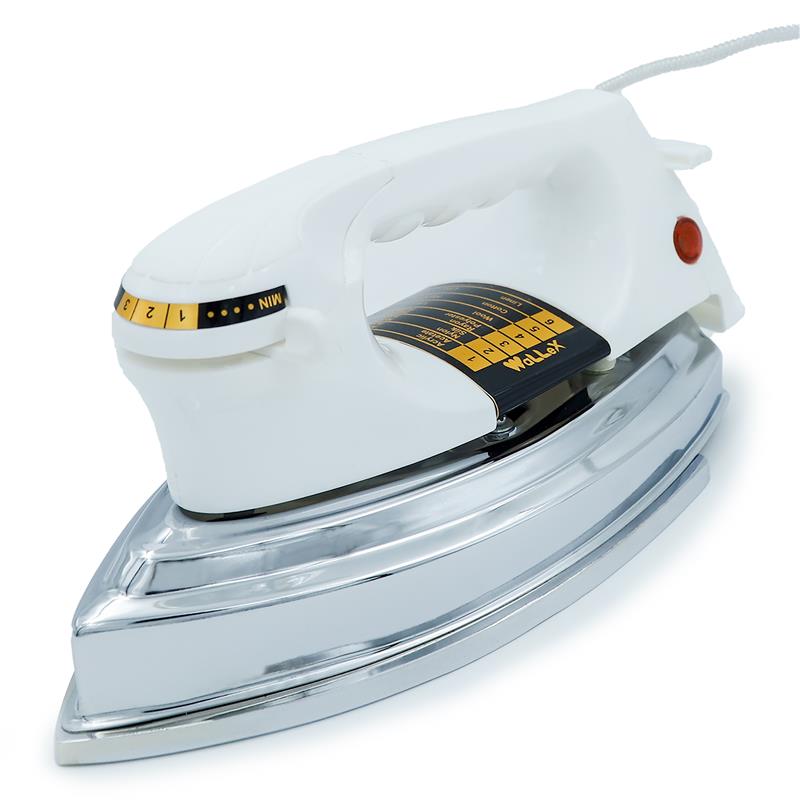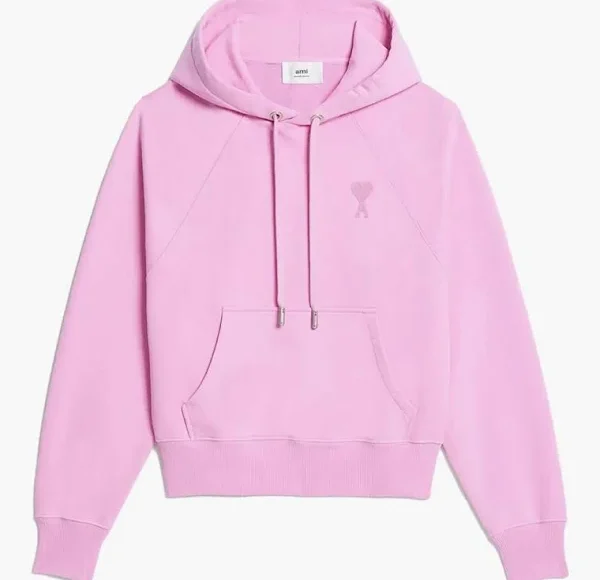Iron is one of the most important and versatile elements in the world. Found abundantly in the Earth’s crust and used for centuries in various forms, iron plays a pivotal role in the development of tools, construction materials, transportation, household appliances, and much more. But did you know there are several types of iron, each with its unique composition, properties, and uses?
In this article, we will explore the different types of iron—both in its elemental and alloyed forms—and understand how each type is used in industries ranging from construction and manufacturing to daily household applications. The goal is to answer the question: how many types of iron are there, and what differentiates them?
1. The Elemental Form: Pure Iron
Pure iron is rarely found in nature in its elemental state. When it is produced in a lab or in highly controlled industrial settings, it is soft, ductile, and lacks the strength needed for structural applications.
Key characteristics:
High malleability and ductility
Very low carbon content (less than 0.008%)
Magnetic in nature
Prone to rusting if not protected
Applications:
Scientific research
Special electronic components (due to magnetic properties)
Medical and laboratory uses
However, pure iron’s softness and lack of strength mean it is seldom used in construction or everyday manufacturing. Instead, iron is commonly used in alloyed forms, primarily combined with carbon and other elements to improve its properties.
2. Wrought Iron
Wrought iron is an iron alloy with a very low carbon content (less than 0.08%) and is known for its malleability and corrosion resistance. It is made by repeatedly heating and working iron with a hammer, which gives it a fibrous appearance.
Key characteristics:
Tough, malleable, and ductile
High corrosion resistance
Easily welded
Grainy or fibrous texture due to slag inclusions
Applications:
Decorative ironwork (gates, railings, fences)
Historical buildings
Ornamental projects
Wrought iron was widely used in the past but has largely been replaced by mild steel in modern times due to cost and availability. However, it remains popular for aesthetic purposes.
3. Cast Iron
Cast iron is made by melting iron and pouring it into molds, which makes it ideal for complex shapes. It has a relatively high carbon content (2–4%), which makes it hard but brittle.
Types of cast iron include:
a. Gray Cast Iron
Most commonly used type of cast iron.
Contains flake graphite in the microstructure.
Excellent vibration damping and compressive strength.
Applications:
Engine blocks
Machine tool bodies
Pipes
b. White Cast Iron
Has a very hard structure due to the presence of cementite (iron carbide).
Brittle and difficult to machine.
Applications:
Wear-resistant surfaces
Mill liners
Pump liners
c. Ductile Cast Iron (Nodular Iron)
Treated with magnesium to produce spheroidal graphite, which improves ductility.
Better tensile strength than gray cast iron.
Applications:
Automotive components
Pipe fittings
Agricultural machinery
d. Malleable Cast Iron
Produced by heat-treating white cast iron.
Combines toughness with the ease of casting.
Applications:
Hand tools
Brackets
Electrical fittings
Key characteristics of cast iron overall:
High compressive strength
Excellent castability
Good wear resistance
Poor tensile strength and brittle behavior
4. Pig Iron
Pig iron is the intermediate product obtained from smelting iron ore in a blast furnace. It contains 3.5–4.5% carbon along with other impurities such as silicon, sulfur, manganese, and phosphorus.
Key characteristics:
Brittle and not useful directly in fabrication
High carbon content
Used as a raw material for producing other types of iron and steel
Applications:
Raw material in steelmaking
Input for cast iron and wrought iron production
The name “pig iron” comes from the traditional way of casting the iron into molds that resemble piglets suckling from a sow.
5. Steel (Technically a Type of Iron Alloy)
Though not “iron” in the strictest sense, steel is an iron-carbon alloy with carbon content between 0.1% and 2%. Depending on its composition, steel can be harder, more ductile, and more corrosion-resistant than raw iron. There are numerous subtypes of steel, such as:
a. Carbon Steel
Contains carbon as the main alloying element.
Comes in low, medium, and high carbon variants.
b. Alloy Steel
Contains elements like chromium, nickel, vanadium, and molybdenum.
Provides higher strength and resistance to wear and corrosion.
c. Stainless Steel
Contains chromium (minimum 10.5%) that provides corrosion resistance.
Used widely in kitchenware, surgical instruments, and architecture.
d. Tool Steel
Designed for manufacturing tools.
High hardness and resistance to abrasion.
Applications of Steel:
Buildings and bridges
Automobiles and ships
Machinery and tools
Kitchenware and electronics
Steel’s versatility makes it arguably the most widely used iron-based material in the modern world.
6. Powdered Iron
Powdered iron is created through the process of atomization or chemical reduction. It is used in powder metallurgy to manufacture parts that require precision and unique properties.
Key characteristics:
High surface area
Used in sintered components
Can be mixed with other materials for custom performance
Applications:
Gears and bearings in automotive industries
Magnetic cores in electrical applications
Filters and structural parts
7. Sponge Iron (Direct Reduced Iron)
Sponge iron is produced through direct reduction of iron ore (removing oxygen) without melting. It retains a porous appearance, similar to a sponge.
Key characteristics:
High iron content (~90%)
Used as a substitute for scrap in electric arc furnaces
Applications:
Steel production
Supplement to pig iron or scrap metal in manufacturing
Choosing the Right Type of Iron
Each type of iron has its specific advantages and limitations. The choice of iron depends on:
Application requirements (e.g., strength, ductility, corrosion resistance)
Cost and availability
Ease of fabrication
Environmental considerations (e.g., recyclability)
For instance:
Cast iron is preferred in cookware due to its excellent heat retention.
Wrought iron is used for its visual appeal in gates and railings.
Steel remains the backbone of modern industry due to its flexibility and strength.
Final Thoughts
So, how many types of iron are there? While “iron” may seem like a single element, its variants—based on composition and treatment—are numerous and complex. From pure elemental iron to cast, wrought, pig, sponge, and powdered iron, each type offers distinct characteristics suitable for different needs.
Moreover, iron-based alloys like steel open an even broader spectrum of possibilities, with subtypes tailored for everything from surgical tools to skyscrapers.
Understanding these different types of iron isn’t just academic—it’s essential for making informed decisions in construction, manufacturing, or even buying everyday products like cookware or hardware. Iron, in all its forms, continues to be the backbone of industrial progress and human innovation.















Leave a comment